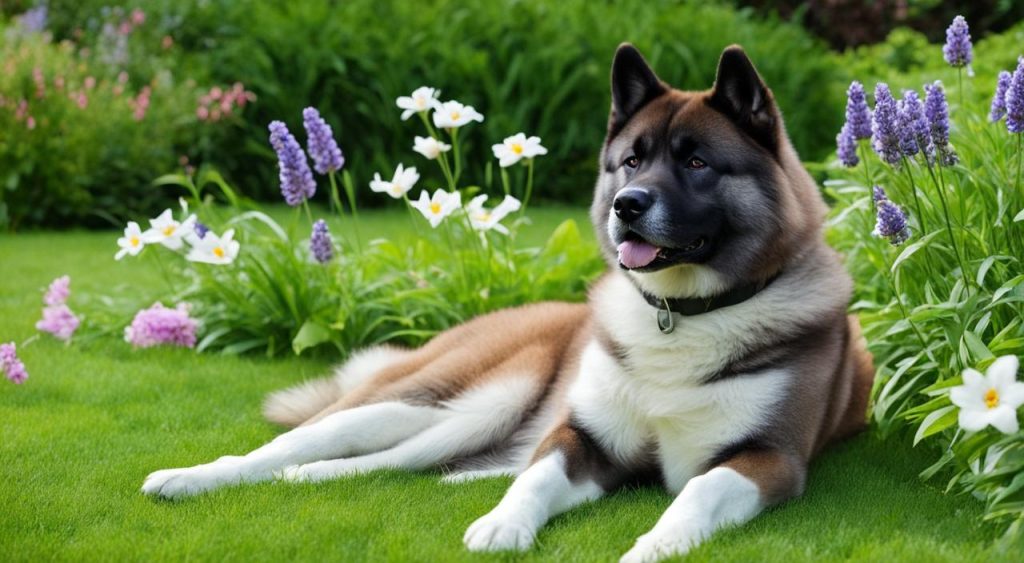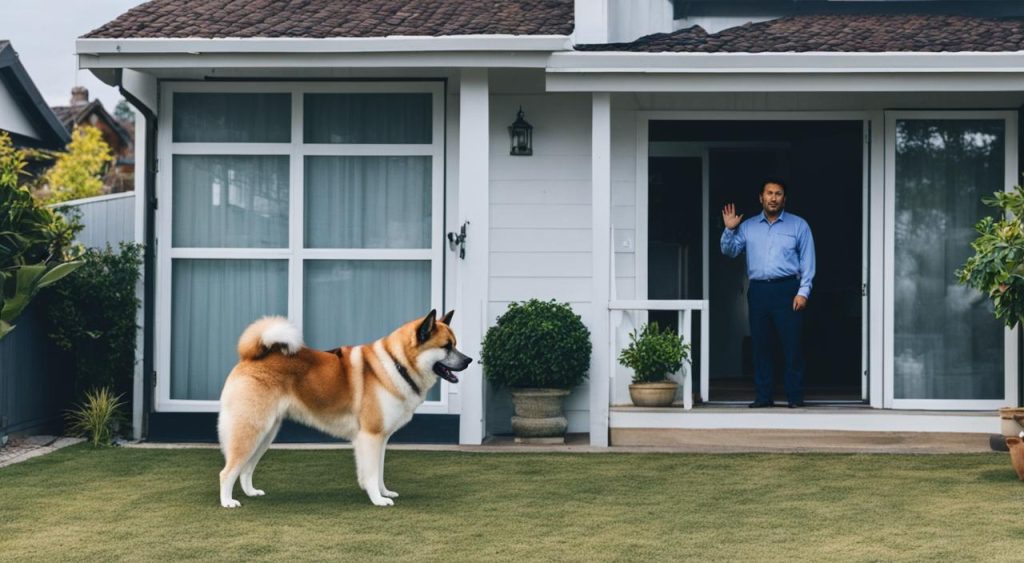If you’re considering bringing an Akita into a household with cats, it’s important to understand their compatibility. Akitas are not typically known for being friendly with cats. Their strong prey drives can lead to chasing, even if your Akita is generally okay with feline companions. In fact, there have been cases where Akitas have unintentionally injured cats they’ve known for years. However, it’s crucial to remember that each dog is an individual, and some Akitas can get along well with cats, especially when they are socialized and trained from a young age.
To help your Akita successfully coexist with cats, there are some important tips to keep in mind. Early socialization plays a key role in their behavior around cats. Introducing them when the Akita is still a puppy can make a significant difference. Additionally, constant supervision is necessary to prevent any accidents that may occur. While there are challenges, it is possible for Akitas and cats to establish a harmonious relationship.
Key Takeaways:
- Akitas are not typically friendly with cats due to their strong prey drives.
- Each Akita is an individual, and some can successfully coexist with cats with proper socialization and training.
- Early socialization and introducing the Akita to cats when they are puppies can improve their chances of getting along.
- Supervision is essential to prevent any accidents or potential harm to either the Akita or the cat.
- Successfully integrating an Akita and a cat takes time, patience, and ongoing supervision.
Tips for Introducing Akitas and Cats
When introducing an Akita and a cat, it is important to take things slow and create a controlled environment. One effective method is to start by placing the Akita puppy in a room with a baby gate, allowing the cat and dog to see each other without direct contact.
Gradually decrease the distance between them over time, always ensuring a safe and supervised environment. Introducing them when the Akita is still a puppy is particularly beneficial, as they are more adaptable to new experiences.
To ensure the safety of both animals and foster a positive relationship, it is crucial to provide your Akita with basic obedience training. Teach them commands like “sit,” “stay,” and “leave it” to help you have control over their behavior around the cat.
“Remember to never leave the Akita and cat unsupervised together. If the Akita shows any signs of aggression towards the cat, it is imperative to remove the dog from the situation immediately.”
Patience is key when introducing an Akita and a cat. It may take time for them to adjust to each other’s presence and establish a harmonious relationship. By following these tips and providing proper socialization, you increase the chances of a successful integration between your Akita and cat.
Signs of a Successful Akita and Cat Relationship
There are several signs that indicate an Akita and cat are getting along well. The ideal response is for both animals to show indifference towards each other, with neither fixating or showing aggression.
“The true test of a successful Akita and cat relationship is when they can coexist peacefully without any signs of hostility,” says Dr. Sarah Thompson, a veterinary behaviorist.
If the Akita follows the cat around the house with perked ears and heavy breathing, it may indicate that a chase could ensue if the cat becomes hyper. On the other hand, if the dog is calmly laying around the house and ignoring the cat, it is a positive sign.
“Akitas have a distinct body language when they are comfortable around cats,” explains Karen Wilson, a professional dog trainer. “They may exhibit relaxed postures, such as a loose wagging tail, soft facial expression, and ears held in a neutral position.”
The introduction period is over when both animals more or less ignore each other. It takes time and patience to reach this stage, and it is important to continue supervising their interactions even after they appear to be getting along.
Communication and Body Language
Understanding the subtle signs of communication between an Akita and a cat is crucial in determining the success of their relationship. Look for signs such as:
- Relaxed body posture
- Minimal eye contact
- No prolonged staring or fixating
- No hissing, growling, or barking
- No chasing or stalking behavior
“When an Akita and a cat are truly getting along, they’ll coexist peacefully and show no signs of tension or aggression,” advises Dr. Samantha Wright, a feline behavior specialist. “Both animals should have equal access to resources, such as food, water, and resting areas, without any territorial disputes.”
Conclusion
Akitas and cats can coexist, but it requires careful socialization and supervision. Due to their strong prey instincts, Akitas may chase and potentially harm cats, making their compatibility a concern. However, with proper training, socialization, and a slow introduction process, some Akitas can learn to live peacefully with feline companions.
It is essential to always supervise their interactions and be prepared to separate them if any signs of aggression or discomfort arise. This ensures the safety and well-being of both the Akita and the cat. Additionally, teaching children how to appropriately interact with both pets is crucial for fostering a harmonious environment.
Remember, training an Akita to be good with cats is a gradual process that requires patience. It is important to provide positive experiences and reinforce calm behavior around cats. With consistent effort and dedication, it is possible to achieve a peaceful coexistence between Akitas and cats.





